The black hole wrapped the layers of the shredded star around itself to form the perfect doughnut of doom.
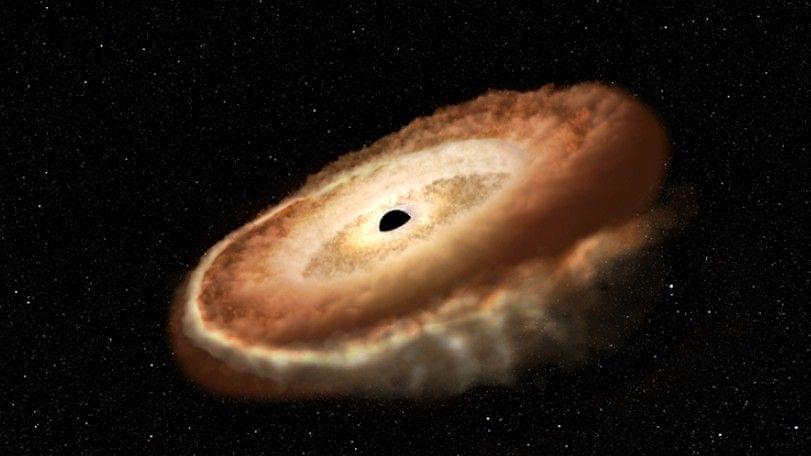

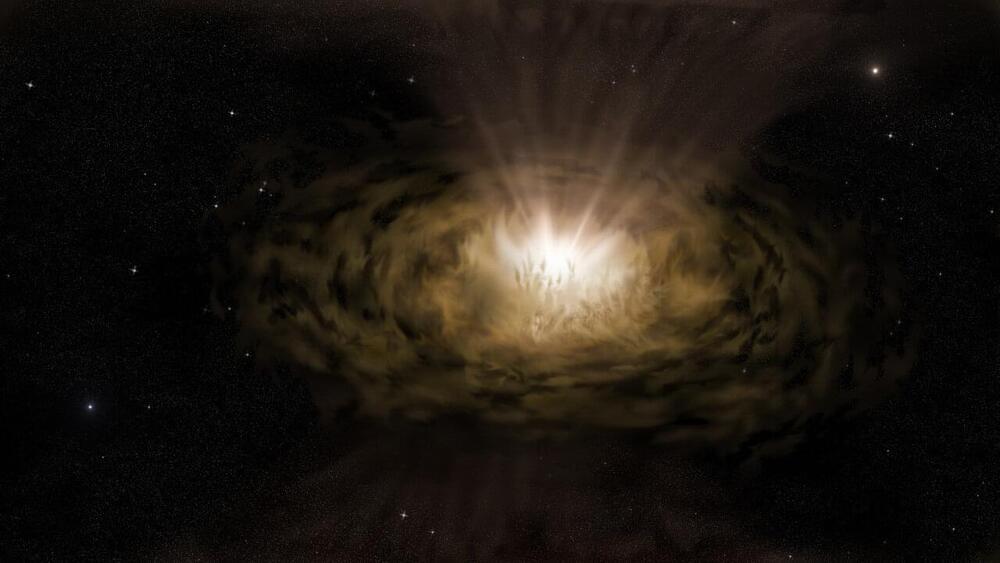
Powered by supermassive black holes swallowing matter in the centers of galaxies, active galactic nuclei are the most powerful compact steady sources of energy in the universe. The brightest active galactic nuclei have long been known to far outshine the combined light of the billions of stars in their host galaxies.
A new study indicates that scientists have substantially underestimated the energy output of these objects by not recognizing the extent to which their light is dimmed by dust.
“When there are intervening small particles along our line of sight, this makes things behind them look dimmer. We see this at sunset on any clear day when the sun looks fainter,” said Martin Gaskell, a research associate in astronomy and astrophysics at UC Santa Cruz.
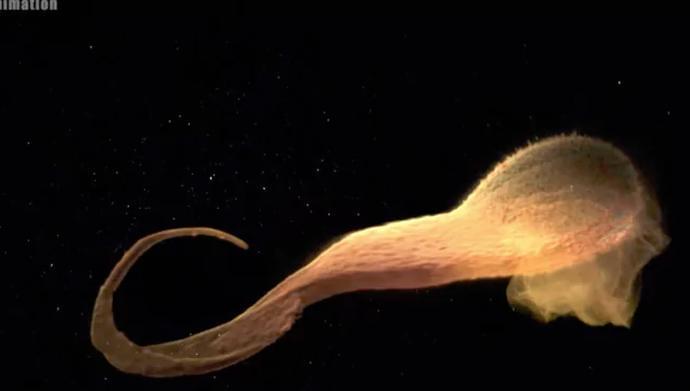
This is not investment advice. The author has no position in any of the stocks mentioned. Wccftech.com has a disclosure and ethics policy. The National Aeronautics and Space Administration (NASA) has captured rare footage of a black hole eating up a start and creating a gas cloud that is as large as the solar system.

A stunning new image from the James Webb Space Telescope shows a stellar nursery called NGC 346, which is not only beautiful but is also leading astronomers to rethink their theories about how stars and planets could have formed in the early universe.
The star cluster NGC 346 is a busy region full of star formation and is located in the nearby Small Magellanic Cloud, a satellite galaxy of the Milky Way. The composition of the Small Magellanic Cloud is rather different from that of the Milky Way, as it has fewer heavier elements. As dust is typically composed of these heavier elements, astronomers thought that there would be less dust in the Small Magellanic Cloud — but that’s not what Webb found.
Instead, Webb found abundant dust as well as hydrogen, which means this galaxy has the building blocks not only for stars but also for planets. This is interesting to astronomers who had wanted to study the Small Magellanic Cloud because its composition makes it similar to much older galaxies that existed in a period of the universe called the cosmic noon, around 2 to 3 billion years after the Big Bang.
If anyone accuses you of “living in a bubble” there is an astronomically correct, if not always convincing, response: we all do. The Sun sits inside what is known as the Local Bubble, a space within the Milky Way galaxy some 1,000 light-years across in which interstellar material is scarce. It can be hard to map something from the inside, but that’s what astronomers have tried to do with the Local Bubble’s magnetic fields.
It’s easy to imagine that anything distinctive about our Solar System’s location must be connected to our apparent uniqueness. However, superbubbles like our own are not particularly rare; indeed, the galaxy has enough of them to prompt comparisons with Swiss cheese. They are left behind by supernova explosions that push gas and dust out of surrounding regions. The material swept out by the explosion concentrates on the bubble’s surface – still so thin it would be considered a vacuum by Earthly standards, but dense enough to trigger star formation.
Nevertheless, our knowledge of superbubbles in general and the Local Bubble, in particular, is almost as thin as the material inside. The magnetic mapping of the Local Bubble, presented at the American Astronomical Society’s 241st meeting, is an attempt to address that.
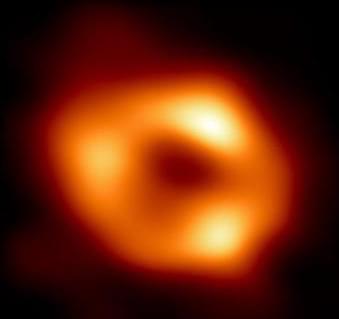
New telescope imagery suggests that stars can survive encounters with black holes, a phenomenon that has been modeled but seldom observed, astronomers say. Using an X-ray telescope orbiting the Earth, astronomers peered 1 billion light-years into deep space and observed black holes partially destroying the same stars over and over, according to the European Space Agency.
“Putting together this 3D map of the Local Bubble will help us examine superbubbles in new ways.”
Did you know that we live in a bubble? Sure, some of us do, but we’re talking about another one. An enormous 1,000-light-year-wide “superbubble” called the Local Bubble. Astronomers at the Center for Astrophysics | Harvard & Smithsonian (CfA) have now unveiled a first-of-its-kind map that reveals the bubble’s magnetic field.
Sounds incredibly fascinating.
Many of us might not have heard of superbubbles before. The Local Bubble isn’t the only one.
Theo O’Neill and the Milkyway3d.org team.
Astronomers at the Center for Astrophysics | Harvard & Smithsonian (CfA) have unveiled a first-of-its-kind map that could help answer decades-old questions about the origins of stars and the influences of magnetic fields in the cosmos.
The map reveals the likely magnetic field structure of the Local Bubble—a giant, 1,000-light-year-wide hollow in space surrounding our Sun. Like a hunk of Swiss cheese, our galaxy is full of these so-called superbubbles. The explosive supernova deaths of massive stars blow up these bubbles, and in the process, concentrate gas and dust—the fuel for making new stars —on the bubbles’ outer surfaces. These thick surfaces accordingly serve as rich sites for subsequent star and planet formation.
Scientists’ overall understanding of superbubbles, however, remains incomplete. With the new 3D magnetic field map, researchers now have novel information that could better explain the evolution of superbubbles, their effects on star formation and on galaxies writ large.
A mix of computer simulations and gamma-ray burst observations shed new light on merging neutron stars.
Astronomers trawled through archival observations of short gamma-ray bursts (GRBs) and detected the rapid evolution of two merging neutron stars into a superheavy neutron star, which then collapsed into a black hole.
Two neutron stars merge to create a black hole.
NASA
This entire process lasted only a fraction of a second, a blog post from NASA explains, and it can teach us a great deal about the transient nature of neutron stars and the evolution of colossal black holes.
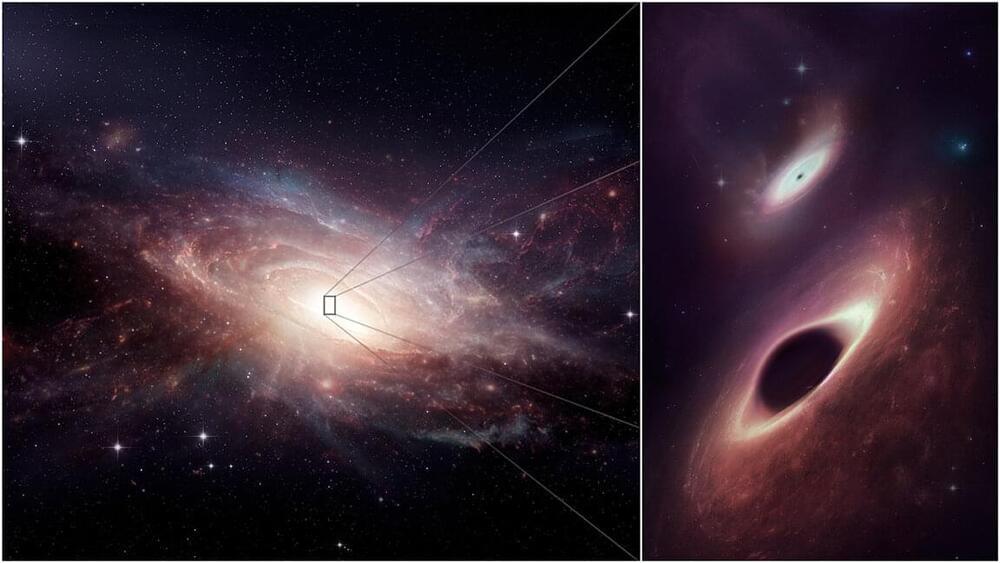
While studying a nearby pair of merging galaxies using the Atacama Large Millimeter/submillimeter Array (ALMA)—an international observatory co-operated by the U.S. National Science Foundation’s National Radio Astronomy Observatory (NRAO)—scientists discovered two supermassive black holes growing simultaneously near the center of the newly coalescing galaxy.